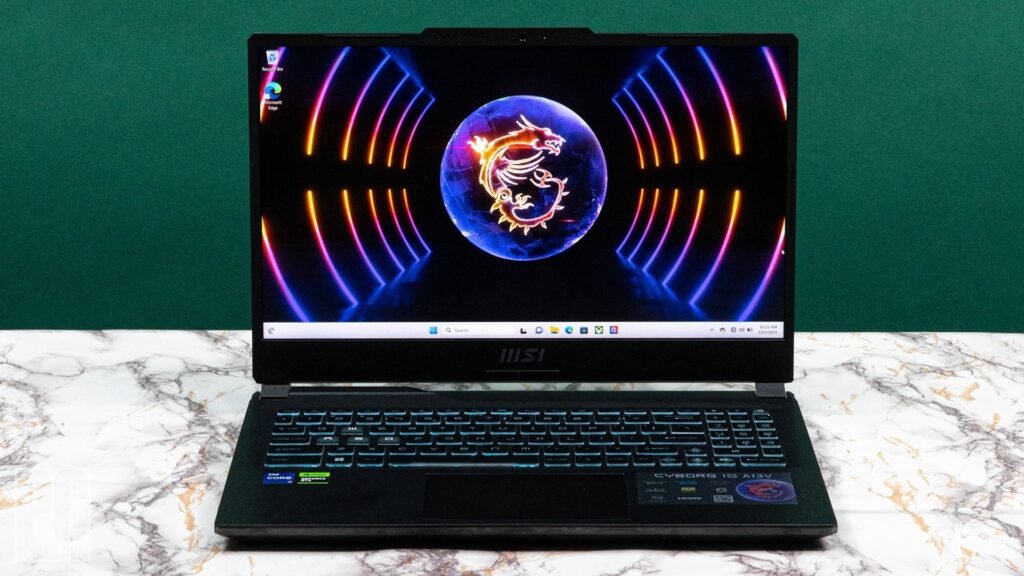Your computer’s rear audio jack can be a hidden gem, providing an alternative audio connection for your headphones. If you’re looking to harness the audio capabilities of the rear jack and optimize your listening experience, this guide will walk you through the steps to use the rear audio jack for headphones.
1. Locate the Rear Audio Jack:
-
Identify Your Computer’s Rear Panel:
- On the back of your computer tower or the rear panel of your laptop, find the audio jack. It’s typically color-coded green and marked with a headphone icon.
-
Note for Laptops:
- If you’re using a laptop, the rear audio jack may be on the side or back of the device, depending on the model.
2. Choose the Right Cable:
-
3.5mm Audio Cable:
- Most headphones come with a 3.5mm audio jack. Ensure you have a compatible cable with a 3.5mm connector on one end for your headphones.
-
Adapter (if necessary):
- Depending on your headphone connector type, you may need an adapter. For example, if your headphones have a 1/4-inch jack, you’ll need a 3.5mm to 1/4-inch adapter.
3. Connect Headphones to Rear Audio Jack:
-
Insert the Audio Jack:
- Insert the 3.5mm audio jack or adapter into the rear audio jack on your computer. Ensure it is securely plugged in to establish a proper connection.
-
Secure Fit:
- A secure fit prevents audio interference and ensures optimal sound quality. If your headphones have a volume control, set it to an appropriate level before connecting.
4. Configure Audio Settings (if needed):
-
Access Sound Settings:
- On your computer, access the sound settings. This can usually be found in the system settings or control panel.
-
Select Playback Device:
- In the sound settings, select the rear audio jack or the specific audio output device corresponding to the rear jack.
-
Adjust Volume Levels:
- Adjust the volume levels to your preference. Some systems may have separate volume controls for the front and rear audio jacks.
5. Test the Connection:
-
Play Audio:
- Play a piece of audio to test the connection. This can be a music track, video, or any other content that allows you to verify the sound output from your headphones.
-
Check for Clarity:
- Listen for clarity and ensure that both the left and right channels are working correctly. If you experience any issues, double-check the cable connection and audio settings.
6. Benefits of Using Rear Audio Jack:
-
Reduced Interference:
- The rear audio jack is often shielded from electrical interference, providing cleaner audio compared to the front jack.
-
Optimal Sound Quality:
- Utilizing the rear audio jack can result in optimal sound quality, especially if you’re dealing with sensitive headphones or high-impedance models.
-
Neat Cable Management:
- Plugging into the rear jack allows for neater cable management, keeping your workspace organized.
7. Troubleshooting Tips:
-
Check Audio Drivers:
- Ensure that your computer’s audio drivers are up-to-date. Visit the manufacturer’s website to download the latest drivers if needed.
-
Inspect Cable Integrity:
- If you encounter issues, inspect the integrity of your audio cable. A damaged cable can lead to connectivity problems and audio issues.
Conclusion:
Unlocking the potential of your computer’s rear audio jack for headphones provides an opportunity to enhance your audio experience. By following these steps, you can seamlessly connect your headphones to the rear jack, enjoying optimal sound quality and reducing potential interference. Whether you’re engrossed in gaming, immersed in music, or focused on a movie, the rear audio jack becomes your gateway to an enriched auditory journey.
You Might Also Like These:
What headphones does markiplier use












